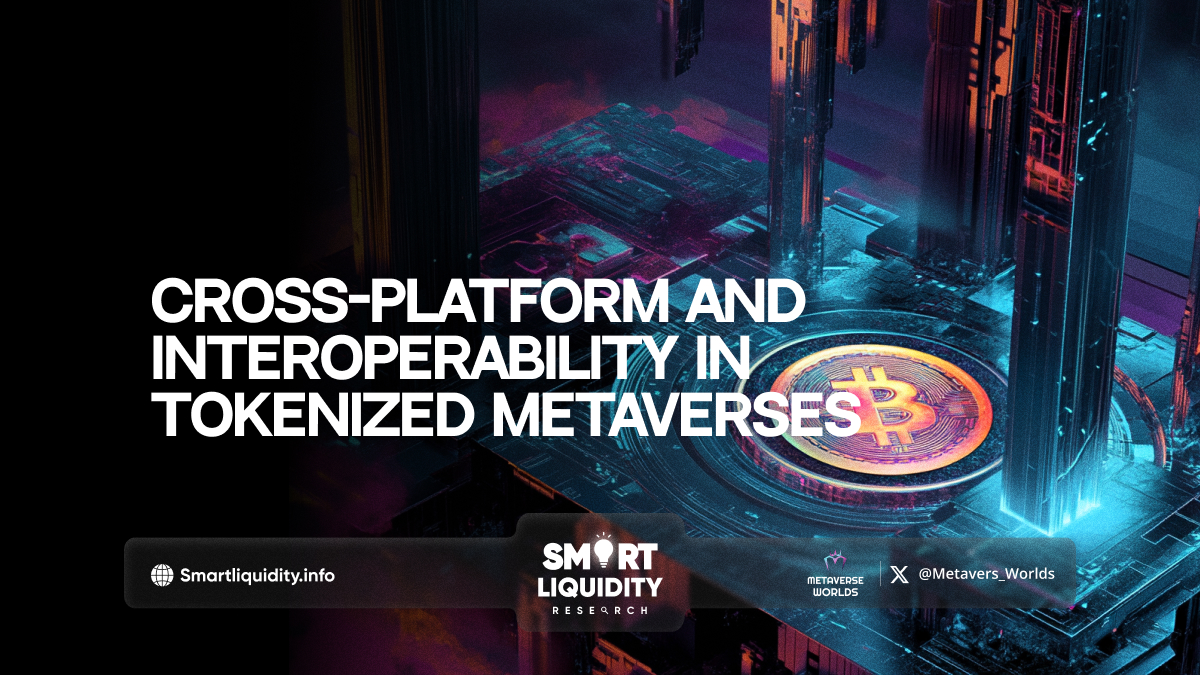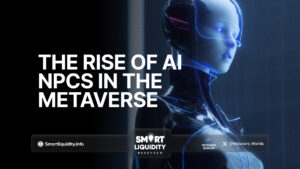Cross-Platform and Interoperability in Tokenized Metaverses


The metaverse, an interconnected digital universe where users engage with virtual environments, is rapidly evolving. One key factor in this growth is the integration of cross-platform compatibility and interoperability. These features enable seamless experiences across multiple platforms, devices, and virtual spaces. As a result, users can interact with different metaverses and digital assets, enhancing the overall ecosystem.
Understanding Cross-Platform Integration
Cross-platform refers to the ability to access and interact with metaverse platforms, regardless of the device or operating system being used. Whether you’re using a desktop, mobile phone, or virtual reality headset, cross-platform functionality ensures you can move freely between different environments. For example, a user with a PC can engage in the same metaverse activity as a mobile user, enjoying shared experiences without limitations. This seamless accessibility boosts user engagement and encourages participation, thereby increasing the reach of the metaverse.
Interoperability and Tokenized Economies
Interoperability goes a step further by allowing assets, such as virtual goods and tokens, to be used across various platforms. In tokenized metaverses, where cryptocurrencies and NFTs (Non-Fungible Tokens) represent digital assets, interoperability is essential. It enables users to buy, sell, or transfer tokens between different virtual worlds. This opens up new opportunities for creators, users, and developers to work together in an interconnected digital space. Importantly, interoperability fosters a sense of continuity, as users can carry their assets from one platform to another without losing their value.
The Role of Standards in Bridging Platforms
The successful integration of cross-platform capabilities and interoperability often hinges on shared standards and protocols. For instance, the development of open-source technologies and standardized token formats ensures that metaverse platforms can communicate with each other. Additionally, initiatives like the Decentraland Protocol or the ERC-721 standard for NFTs are crucial in allowing diverse platforms to integrate seamlessly. These standards not only streamline technical processes but also foster collaboration and innovation.
In conclusion, cross-platform functionality and interoperability are fundamental to the success of tokenized metaverses. As the digital world becomes increasingly interconnected, these features will play a pivotal role in enhancing user experiences and expanding the metaverse ecosystem.
DISCLAIMER:
“The information provided on this platform is for general informational purposes only. All information on the platform is provided in good faith; however, we make no representation or warranty of any kind, express or implied, regarding the accuracy, adequacy, validity, reliability, availability, or completeness of any information on the platform.”




